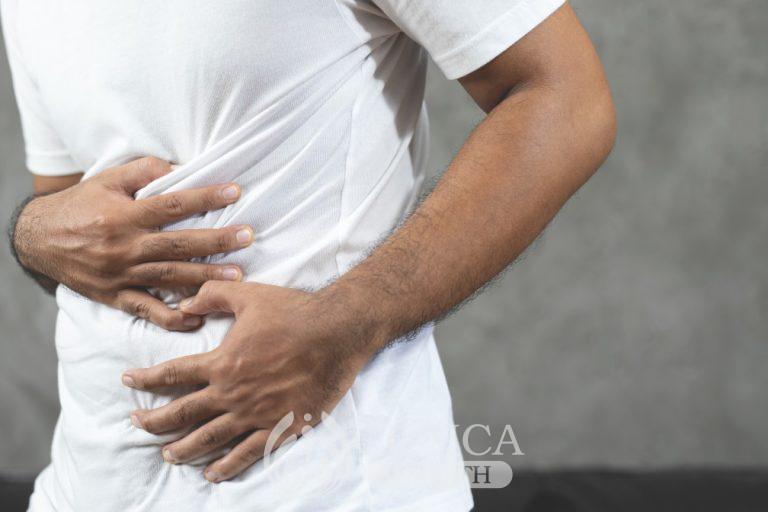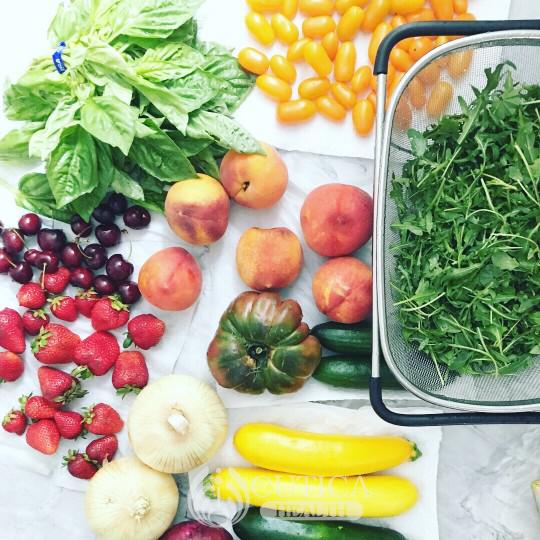
His son is not convinced and is worried for his father especially because Ronald is overweight, has a history of high blood pressure, and still continues to smoke and drink alcohol. His son was finally able to convince him to undergo a colonoscopy and his doctor told him that he has outpouchings along the wall of his bowel. Luckily, it was nothing to be concerned about, and Ronald was advised to change his diet.
What is diverticulosis?
Imagine that our intestine is like a hose. Just as a hose would carry water from the faucet to the nozzle, our intestine is responsible for moving digested food and waste all the way down to our rectum and out through our anus. There is a constant pressure exerted on the walls of our intestine which means that the integrity of these walls should be intact. Sometimes, weak spots can be found along the walls of our intestine and those weak areas will not be able to hold the pressure, causing them to bulge out and form pockets. That is diverticulosis.

We still don’t know what causes diverticulosis, but it is suspected that aging, diet low in fiber, genetics, and physical inactivity are some of the risk factors
Majority of the time, people with diverticulosis have no symptoms, and they only find out about their condition after going through a colonoscopy or X-rays that are specially used to evaluate the bowel called barium enema. However, for those who do experience symptoms, they may have:
- Abdominal pain or cramps
- Bloating
- Constipation
What can I do?
The bulk of the treatment for diverticulosis relies on you. Diet modification and lifestyle changes are the way to go to reduce your risk of diverticulosis and to manage it if you have already developed it.
A fiber-rich diet is generally recommended. This includes 30 grams of fiber each day. You can obtain this through your diet or through fiber supplementation.
The way that fiber works is by absorbing water and adding bulk to your stool. This makes the stool easier to pass and helps with constipation and bowel irregularity. Aside from this, a fiber-rich diet may also help in decreasing your risk of developing obesity, diabetes, and heart disease.
You can easily obtain fiber through your diet by eating food such as:

- fruits (berries, prunes, pear, apple, banana)
- take note that edible skins of fruits such as apple and grapes contain fiber so it would be better if you don’t peel them off
- vegetables (artichoke, peas, broccoli, brussels sprouts, potato)
- grains (whole-wheat bread, bran flakes, quinoa, oat bran, oatmeal, brown rice)
- legumes, nuts, and seeds (lima beans, pinto beans, chia seeds, almonds, pistachios)
Sometimes, the bowel pockets in diverticulosis get infected and cause a condition called diverticulitis. This is a more serious condition and requires antibiotic treatment.
Key points:
- Diverticulosis is the formation of pockets along weak spots in the wall of the bowel.
- People with diverticulosis often don’t have symptoms
- Risk factors for diverticulosis include age, diet, genetics, and lifestyle factors
- A fiber-rich diet is the mainstay treatment












